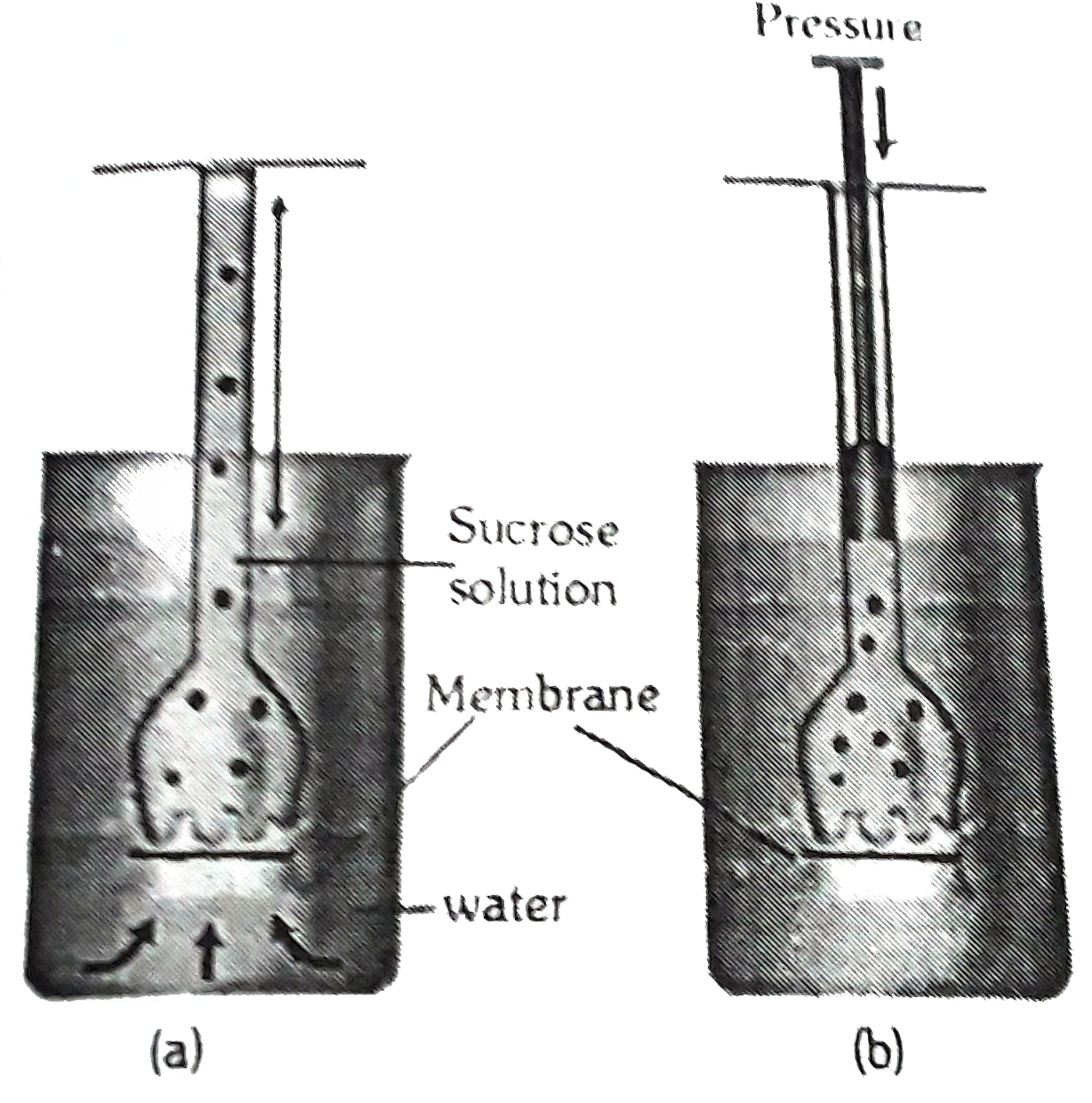Explain : Translocation of mineral ions.Solution in Gujrati
After the ions have reached xylem through active or passive uptake, or a combination of the two, their further transport up the stem to all parts of the plant is through the transpiration stream.
Transport route / pathway :
The chief sinks for the mineral elements are the growing regions of the plant, such as (1) apical (2) lateral meristems tissue (3) young leaves (4) developing flowers (5) fruits and seeds and the storage organs.

Unloading of mineral ions occurs at the fine vein endings through diffusion and active uptake by these cells.
Mineral ions are frequently remobilised, particularly from older, senescing parts.
Older dying leaves export much of their mineral content to younger leaves.
Similarly before leaf fall in decidous plants, minerals are removed to other parts.
Dying leaves mineral elements−−−−−−−−−→ New leaves
Falling trees/leaves mineral elements−−−−−−−−−→ Other parts
Most readilymobilised ions} Phosphorus , Sulphur , Nitrogen , Potassium
Structural substanceswhich do not remobilised } Calcium
An analysis of the xylem exudates shows that,
Though some of the nitrogen travels as inorganic ions, much of it is carried in the organic form as amino acids and related compounds.
Similarly, small amounts of P and S are carried as organic compounds.
In addition, small amount of exchange of materials does take place between xylem and phloem.
Hence, it is not that we can clearly make a distinction and say categorically that xylem
transports only inorganic nutrients while phloem transports only organic materials.
Topper's Solved these Questions
- TRANSPORT IN PLANTS BOOK - KUMAR PRAKASHANCHAPTER - TRANSPORT IN PLANTS EXERCISE - Section-B Difference/Scientific Reasons
6 Videos
- TRANSPORT IN PLANTS BOOK - KUMAR PRAKASHANCHAPTER - TRANSPORT IN PLANTS EXERCISE - Section-C Definition/Explanation-terms/Location-Function
25 Videos
- THE LIVING WORLDBOOK - KUMAR PRAKASHANCHAPTER - THE LIVING WORLDEXERCISE - OBJECTIVE SECTION (FILL IN BLANKS)
9 Videos
Similar Questions

Study the given figure carefully and select the true and false statement(s) in this demonstration.
(a) Numerically this external pressure in figure (b) is equivalent to the osmotic potential of a solution, but the sign is opposite.
(b) Osmotic pressure is due to the solute concentration.
View SolutionDefine : Diffusion.
View SolutionA .......... is a collection of pressed, dried and preserved plants mounted on ……..
View SolutionTranslocation Of Mineral Ions
View SolutionBidirection translocation of minerals takes place in
View SolutionBidirection translocation of minerals takes place in
View SolutionSelect incorrect statement w.r.t. translocation of mineral ions.
View SolutionBidirectional translocation of minerals take place through
View SolutionBidirectional translocation of minerals takes place in
View SolutionBidirection translocation of minerals takes place in
View SolutionBidirection translocation of minerals takes place in
View SolutionMethod OF mineral absorption | | Translocation OF mineral ion/solute
View SolutionTransport in plants || Factors Affecting Transpiration || Uptake and Transport OF Mineral Nutrients || Uptake OF Mineral Ions || Translocation OF Mineral Ions || Phloem Transport Flow from Source to Sink || Mass Flow/Pressure Flow Hypothesis
View SolutionTranslocation OF mineral ions||Phloem transport||Mass flow hypothesis||Girdling experiment
View SolutionTranslocation of different minerals through xylem vessels :-
View Solution
